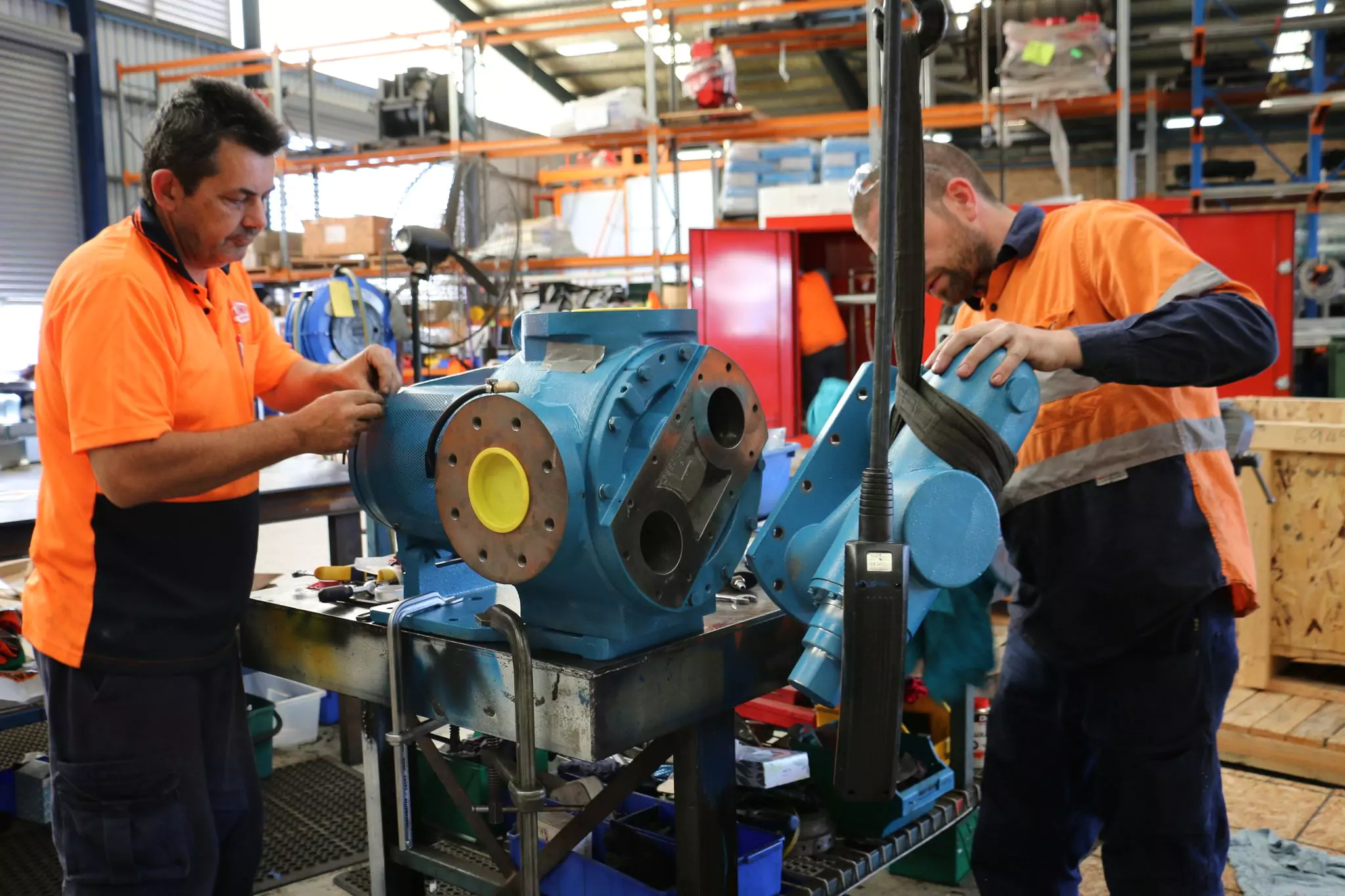A pump’s performance curve is usually one of the first thing you should look at before purchasing a pump or when operating it.
But how do you read between all those weird lines? How do you know you got the right pump for the right job?
What Is A Pump Curve?
In short, a pump curve is a graphical representation of a pump’s performance based on testing conducted by the manufacturer.
Each pump will has its own pump performance curve and it varies from pump to pump.
This is based on the pump horsepower and the size and shape of the impeller.
Why Use A Pump Curve?
Understanding any given pump’s performance curve enables you to understand the limitation of that pump.
Operating above its given range will not only damage the pump, it will also cause unneeded downtime.
How To Use Read A Centrifugal Pump Curve?
A pump curve shows 2 vital performance factors – flow and head.
Flow
Flow is the rate that the liquid has to be moved throughout a system.
In SI units, it’s measured in litre per minute (lpm) or metre per hour (m3/h).
In English Engineering units (used in the United States), it’s measured in gallon per minute (gpm).
Different liquid has different viscosity, so be sure to understand their flow.
Let’s take a residential water heating system as an example.
Too much flow results in system noise, while too little flow means insufficient heat in some areas.
Head
Pressure is measured in PSI, pound per square inch but in hydronic, pressure is calculated in term of head pressure or head loss as measured in head feet.
Head is the total mechanical energy content of a fluid at a given point in a piping system.

In order for the pump to move the fluid, it needs to product a sufficient pressure differential to overcome head loss in the system. Head loss are created in the piping by friction and by the various valves and fittings.
1 PSI system pressure drop equals 2.31 head feet.
In SI units, head is measured in metre (m).
In English Engineering units (used in the United States), it’s measured in feet (FT).
Reading The Pump Curve
In short, pump curve show you how a pump perform at any given point of its range.
We’ll use Sabre Bav series pump curve as an example.
Below diagram demonstrate that at a flow rate of 100 lpm or 6 m3/h, the pump will produce 3.5 m of head.
In English Engineering units (used in the United States), at a flow rate of 26 gpm, the pump will produce 11 FT of head.

At a flow rate of 100 lpm or 6 m3/h, the pump will produce 3.5 m of head.
Below diagram demonstrate that at 2 m of head, the pump will have a flow rate of 138 lpm or 8.4 m3/h.
In English Engineering units (used in the United States), at 6.5 FT of head, the pump will have a flow rate of 38 gpm.

At 2 m of head, the pump will have a flow rate of 138 lpm or 8.4 m3/h.
If the head and flow operating point of your system is on or below a given pump curve, then that pump will be sufficient.
In the 2 scenarios given above, a BAV-150 will do the job.
How To Find The Best Efficiency Point (BEP)?
As a rule of thumb, the best efficiency point (BEP) is about 85 percent of the shutoff head. It is important to note that the pump should be operated at, or close to, the best efficiency point.
BEP is usually specified in the manual or the pump curve itself. If not, you’ll have to contact the pump manufacturer.
Conclusion
Have questions about pump curves? Let us know in the comment section below.



